Welcome to Practice Bakes Perfect Challenge #36! I don't know about you, but with this cooler fall weather (at least here in the Great Lakes region), I am fired up to get my oven fired up to bake some cookies! And since it is also back-to-school season, I am ready to learn a new thing or two!
As many of you know, I spent some time in Europe this summer, and as one does in Europe, I did more than my fair share of visiting churches and art galleries, and coastlines and hillsides. It was all very beautiful and inspiring and definitely "cookiefiable"! The idea for this challenge really struck me as I stood across the Seine gazing at the post-fire skeleton of Notre Dame Cathedral in Paris. I looked at it from nearly every angle, walking in a 180-degree arc, and taking pictures at various points. Essentially, as I changed positions, my view or "perspective" changed, and the cathedral, which obviously hadn't changed at all in the five minutes it took me to walk from one point to the other, looked completely different.
After I came home from my vacation, I looked through my photos and started to notice the perspective in all of them . . .
So with all of these photos as inspiration, I got to thinking about how we could incorporate more perspective into our cookie art. And by perspective, I don't just mean the technical kind used to create architectural drawings (although I will definitely discuss this), I mean perspective in all of its forms, for it is perspective that gives life to any two-dimensional art, even cookies! So, in short, for this challenge, I want you to learn a little bit about perspective and create some cookies that spring to life and break free of their flat 2-D existence!
Before we get to the details of this challenge, let's talk about a little incentive to join in the challenge fun. That's right, we are talking about a prize! One lucky entrant will be chosen completely at random from among all of the challenge entrants to receive a grab bag of goodies (estimated value $100-plus USD) donated by Cookie Connection host @Julia M. Usher. Remember, the more times you enter the challenge, the greater your chance to win! (And, pssst, the grand reveal of the prize will come when I post the recap, but Julia assures me it will indeed be grand.)
With thoughts of that mystery prize swirling through your heads, let's get to the details and rules for this challenge!
What is "perspective"?
Simply put, perspective is a point of view. It is what a person sees when positioned on a certain point in a certain space and time. When we talk about perspective in art and architecture, what we are really talking about is using various techniques to almost fool the eye into thinking that something that is only two-dimensional has depth or three dimensions.
The Encyclopedia Britannica defines perspective as the "method of graphically depicting three-dimensional objects and spatial relationships on a two-dimensional plane or on a plane that is shallower than the original (for example, in flat relief)."
Broadly speaking, and for our purposes here, there are two major categories of perspective: linear perspective and aerial perspective.
Linear perspective is probably what comes to mind when most people think of perspective. It is most often used by architects, engineers, and designers, furnishing an opportunity to view a 3-D building or an object before it is made. In linear perspective, the size or scale of an object diminishes as the distance from the viewer increases, because in real life, the further away an object is, the smaller it will appear to us, and the closer an object is, the larger it will appear. The point where far away objects meet the horizon is called the vanishing point.
Notice how all of the lines in the photo above (on the street, the buildings, the windows, everything) converge on that vanishing point? This is called single-point perspective.
Following are a couple of examples of cookies that utilize single-point linear perspective. Can you spot the vanishing points?
Skate City Throwback by Sweet Gypsy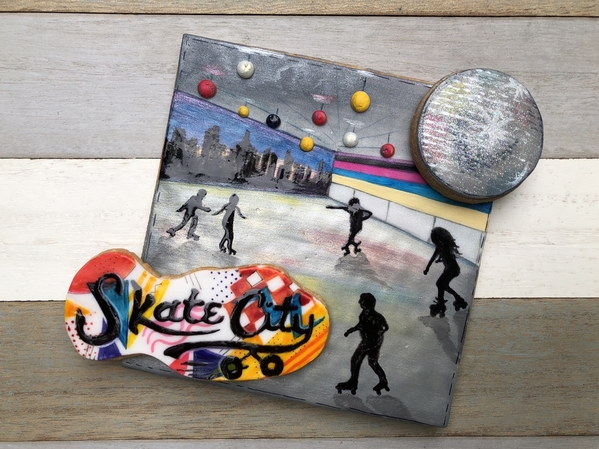
Gondola Ride Under Carnival Moon by Bakerloo Station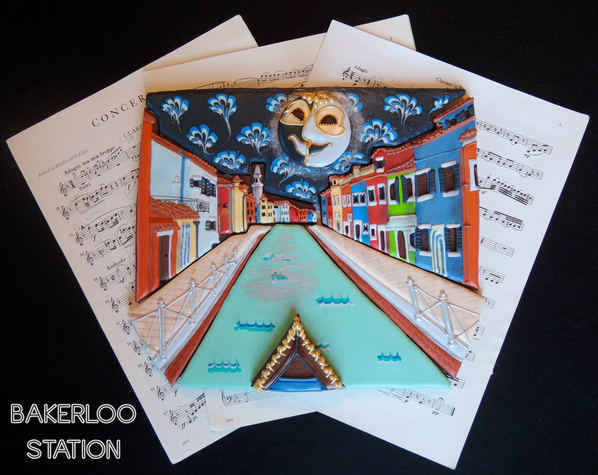
- "Learn the Basics of Perspective to Create Drawings that Pop Off the Page" by Sara Barnes on mymodernmet.com
- "One Point Perspective Drawing: The Ultimate Guide" by Amiria Gale on studentartguide.com
- "Linear Perspective Drawing" on helloartsy.com
- "How to Draw Perspective for Beginners" by Will Kemp on willkempartschool.com
Aerial perspective (also known as "atmospheric perspective") is different than linear perspective in that, instead of relying primarily on mathematics and straight lines, aerial perspective conveys dimension and depth through gradual changes of object size, the sharpness/clarity of images, and variations in color, without utilizing a mathematical vanishing point. Put simply, in aerial perspective, things that are closer to the viewer will be bigger, clearer, and more colorful than things that are further away from the viewer. For example:
In the photo above, notice that the trees and evergreens in the foreground where I was standing with my camera look quite large and clear, but the people on the stone outcropping in the middle of the photo are quite small relative to the trees in the foreground, and you cannot make out any details like facial expressions or clothing colors. Finally, when you look toward the canyon in the background of the photo, you cannot make out the outlines of any people or vegetation. You only see the general hazy colors of the distant rock layers that comprise the canyon itself, which ultimately fade to a hazy gray-blue where the canyon touches the sky on the horizon.
And here are a couple of examples of aerial perspective in cookies . . .
Icy Woods by Cookies by joss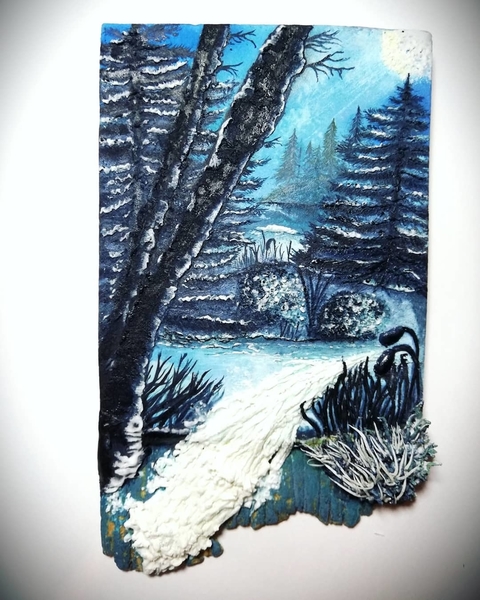
In this landscape by @Former Member, the objects that are supposed to be closest to the viewer are larger and clearer, and the things that are supposed to be further away are the smallest and hazy blue-colored.
Why So High, Dragonfly?! by Kim Damon
I love how, in this cookie by @Kim Damon, the thing that in reality is the smallest of the three objects (the dragonfly) is the largest object on the cookie because it is closest to the viewer, whereas the largest thing in reality (the landscape) is the smallest and least clearly defined, because it is meant to seem furthest from the viewer.
For an excellent discussion of aerial perspective, I encourage you to check out the section titled "Introduction to Atmospheric Perspective" from the article by Sara Barnes noted above in our discussion of linear perspective ("Learn the Basics of Perspective to Create Drawings that Pop Off the Page"). Another short, but clear description of aerial perspective, with illustrations, can be found in the Encyclopedia Britannica.
- Sketching your cookie plan first will help you check and adjust lines and proportions.
- If you are trying your hand at linear perspective, it may be helpful to photograph your subject and literally trace the perspective lines. (I actually did this in my "Gondola Ride" cookie example above. I took a photo of a canal street in Burano, Venice and then traced the perspective lines of the sidewalks and buildings before drawing in the rest of the details. Then I projected my own artistic rendering of the canal onto my cookies - it's not one cookie but a cookie puzzle - with a pico projector!)
- If you are working with aerial perspective, it helps to layer your details, starting with the background (most distant objects) first and finishing with the foreground (closest objects).
- Generally speaking, make sure your colors change from lighter and "fuzzier" to darker and clearer as you go from background to foreground.
- Generally speaking, objects should change from smaller to larger as you go from background to foreground.
[AUTHOR'S NOTE: As always, if you find additional tutorials, tips, or other information that may be useful to those of us trying to learn perspective techniques, please share them in the comments under this post. Likewise, thoughtful discussions of your own "fails" are extremely helpful to others - please do not be shy about sharing! Share. ALL. The. Knowledge.]
Now that you have some sense of perspective, let's get to the rules for this challenge!
Rules: PLEASE READ THEM CAREFULLY. Nothing makes me sadder than having to disqualify a fabulous set of cookies because someone failed to read ALL of the rules!
1. Create a cookie or set of cookies that has linear or aerial perspective.
2. You may NOT make a 3-D cookie structure to create dimension. The goal of this challenge is to create a sense of depth on a 2-D, flat cookie surface. However, you may use piped royal icing details, fondant, edible lace, royal icing transfers, sprinkles, and other materials on top of your flat cookie base.
3. You may stack two flat cookies, as in the "Skate City" example above. BUT, you may NOT stack more than two flat cookie layers. Why? Because if you stack more than two layers of cookies, you are really starting to get into 3-D structure territory, and, again, that is not the point of the challenge. The point of the challenge is to learn how to create the illusion of depth on a 2-D surface. In short, if you stack cookies at all, do so sparingly!
4. Your design must be completely original, and not a copy of any other artist's design. (In my eyes, the more original the entry, the better! And, remember, no copyrighted designs may be used without written permission.)
5. As always, we ask that you make a brand new cookie project for this challenge.
6. Think outside the box, inside the box, and BE THE BOX. In other words, immerse yourself in this challenge by taking some healthy risks, and HAVE SOME FUN.
- Please post an image of your cookie(s) to the site under the Practice Bakes Perfect clip set no later than October 21, 2019 at 5 pm central. (Note: October 21 is a Monday, not our usual Sunday closing time.)
- Because these challenges are ongoing, we ask that you put "Practice Bakes Perfect Challenge #36" in your photo caption AND in a tag, so that we can tell the challenges apart from month to month. Please use the main title field to uniquely name your cookies as you normally would.
- Please also assign other relevant clip sets and tags to your images, as you normally would. (Meaning don't just use the Practice Bakes Perfect clip set and leave it at that, or your photos won't easily be found with keyword searches.)
- You can enter more than once, but please post only one clip of each distinct entry. Multiple clips of the same entry are not allowed unless added in a comment beneath the one primary clip.
After the challenge has closed on October 21, we will announce the winner in the Saturday Spotlight on the following weekend (October 26, 2019). The next challenge will be announced about a week after that Spotlight.
And one last thing . . . This is NOT meant to be a competition. The only person you should be competing against is yourself. Period. These challenges are intended to inspire the artist in you and push you to be the best cookie artist YOU can be at this snapshot in time. Remember, the whole point of this exercise is to get you out of your comfort zone - to "take healthy risks," as my wise-beyond-his-years son always reminds me. Plus, prizes are given entirely at random, so healthy risk-taking has its own rewards!
I would love to chat with you as you journey through this process, so if you have any questions about the challenge, are having trouble getting started, need help bringing an idea to life, or want technical advice, please leave a comment below or send me a Cookie Connection private message.

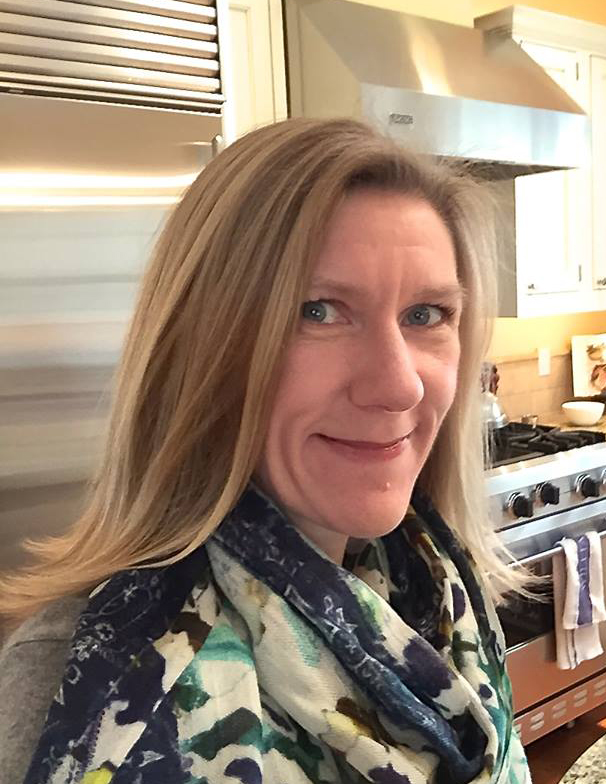 Christine Donnelly began her professional baking career at 16, when she was hired on the spot at her local bakery to work the counter and decorate cakes. After detours to college and law school, she worked as a trial lawyer in Chicago for many years, ultimately leaving that career to become a stay-at-home mother to her two children. In her “retirement,” she continued to bake at home, at last finding her preferred artistic medium in decorated cookies. In February 2013, Bakerloo Station was born with a presence on both Facebook and Instagram. Christine makes cookies to balance her left brain, to inspire and share creative ideas, and to feed those needs that only art can satisfy.
Christine Donnelly began her professional baking career at 16, when she was hired on the spot at her local bakery to work the counter and decorate cakes. After detours to college and law school, she worked as a trial lawyer in Chicago for many years, ultimately leaving that career to become a stay-at-home mother to her two children. In her “retirement,” she continued to bake at home, at last finding her preferred artistic medium in decorated cookies. In February 2013, Bakerloo Station was born with a presence on both Facebook and Instagram. Christine makes cookies to balance her left brain, to inspire and share creative ideas, and to feed those needs that only art can satisfy.
Photo credit: Christine Donnelly
Note: Practice Bakes Perfect is a bimonthly Cookie Connection blog feature written by Christine Donnelly that poses inspiration or challenges to get you to stretch as a cookie artist - for practice, for prizes, and for fun! Its content expresses the views of the author and not necessarily those of this site, its owners, its administrators, or its employees. Catch up on all of Christine's past Cookie Connection posts here.


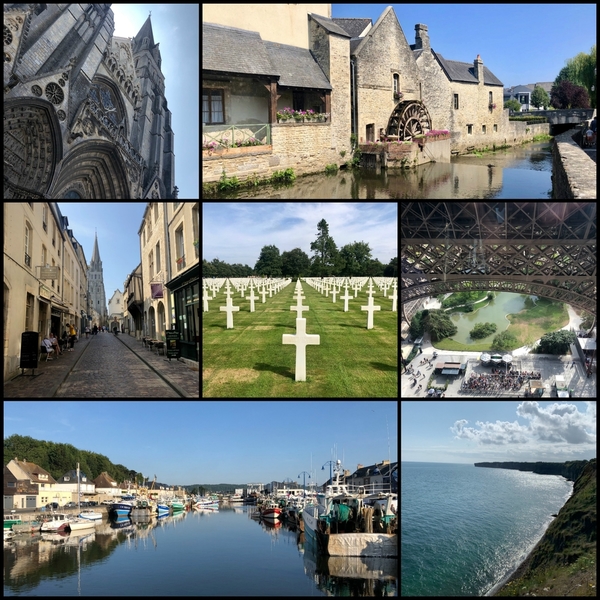
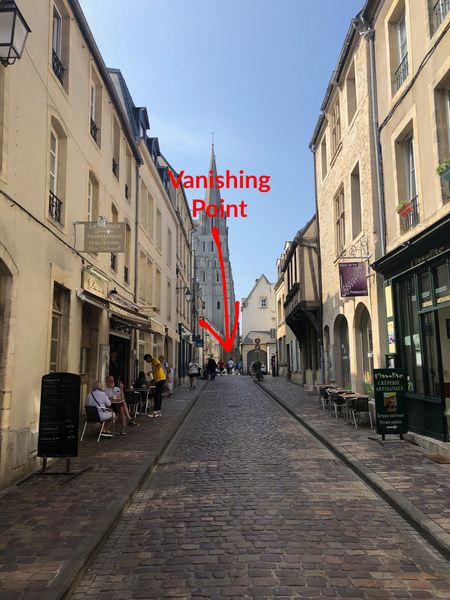

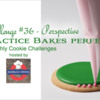


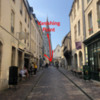

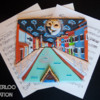
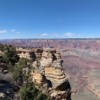

Comments (15)